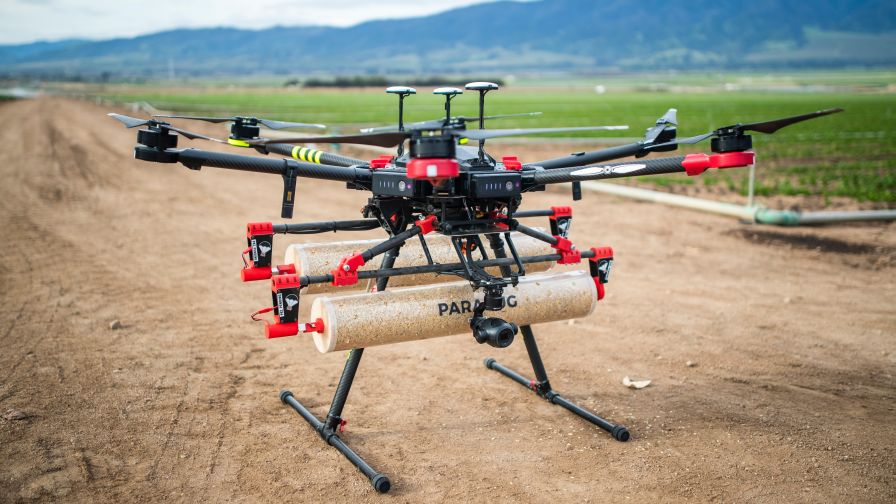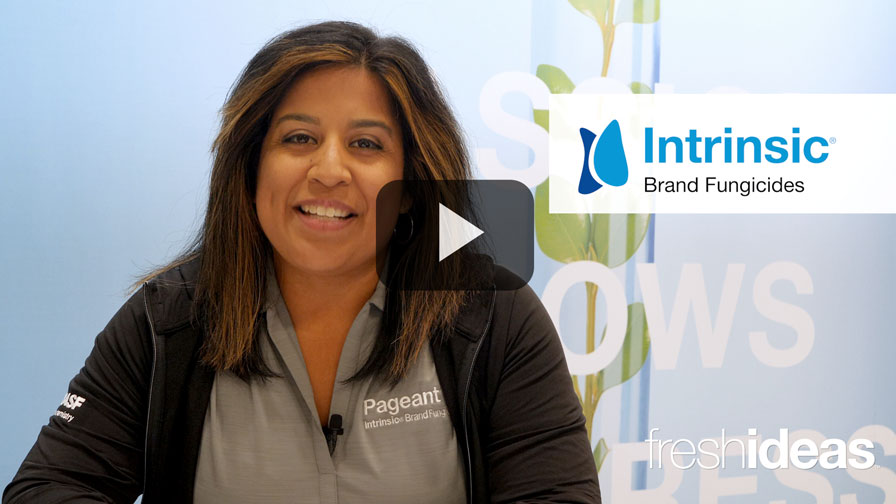Six Processes Cannabis Growers Can Adopt From Traditional Horticulture

Growers that use drones to apply pest control products to their crops can realize improved coverage and reduced chemical use. Photo: Kevin Hill/Parabug
Commercial cannabis growers don’t need to reinvent the wheel when it comes to automating and streamlining production. In fact, they can often look to the world of traditional horticulture for clues on how to make their operation more efficient.
Although cannabis has its unique challenges, 90% of the principles of cultivating potted blooming plants and hydroponic vegetables apply directly to cannabis.
Much of the technology and equipment for streamlining commercial cannabis production already exists, and many of the industry’s most successful operators have already incorporated these practices into their cultivation programs.
As you look to increase the efficiency of your cultivation business, consider adopting these six money-saving tips from growers of more traditional crops:
Automate your fertigation process to increase consistency and lower production costs. Fertigation systems help to eliminate human error by automatically mixing and delivering water and fertilizer to the crop. By incorporating moisture meters, VPD sensors, and plant temperature sensors, the grower doesn’t need to be present to determine when or how much to irrigate. This helps growers avoid the risk of over or underwatering, and it can help save water. Once the sensors detect that the plant has received sufficient water, it automatically shuts off.
Automate pot filling to minimize labor and help standardize irrigation events. Commercial growers that utilize peat-based potting mixes typically order bags of soil by the pallet or truckload, and then workers slice into these bags to fill nursery pots one by one. An automatic pot filler can handle hundreds of pots an hour and will fill each one with the same amount of soil. This is critical for automating irrigation; the crop won’t dry out simultaneously if each pot has a different substrate volume. Automatic pot fillers quickly pay for themselves in saved labor and crop consistency.
Use drones outdoors to increase crop profitability. Growers that use drones to apply pest control products to their crops can realize improved coverage and reduced chemical use. Compared to tractor sprayers, drones can get much closer to the crop, and they can compensate for changes in wind speed, so spray application rates and volumes stay consistent throughout the entire crop. They also have the option of flying at night when no employees are present in the field. Applying beneficial insects by drone can also help improve application consistency, especially over tall crops or steep, unlevel ground. Drones can also provide valuable crop data from flyovers that alert the grower to potential problems before they result in a financial loss.
Use sap analysis to decrease fertilizer waste. A popular myth among cannabis growers is that high phosphorus levels are needed during the plant’s flowering stage. Actually, the levels required for quality plant growth are quite low. Cannabis will not absorb much excess phosphorus, and the resulting runoff (and the grower’s money) goes down the drain. Growers can avoid this problem by using plant sap analysis to manage their crop’s nutritional needs. Plant sap is the fluid that carries minerals and metabolites throughout the xylem and phloem of the plant. Extracting and analyzing this sap can help growers make real-time nutrient decisions that lower their production costs and improve crop quality.
Monitor stomata to help drive plant growth. A new growing philosophy called plant empowerment is changing how commercial greenhouse cultivators manage the crop environment, and these principles can help cannabis growers improve crop quality. Rather than manage independent variables such as air temperature and relative humidity setpoints, this new philosophy focuses on the stomata’s activity and the plant’s energy balance. Growers adjust the temperature, humidity, and light levels to encourage regular stomatal activity and a healthy energy balance within the plant. Cannabis greenhouse growers that incorporate these principles have the potential to realize larger yields, faster crops, and less disease.
Specialize in one area of the production chain. Large ornamental flower growers seldom manage the entire production process. Usually, the supply chain is broken up between three or four different businesses. One grower cares for the stock plants and ships unrooted cuttings (URC) to a young plant producer or rooting station. This greenhouse roots the cuttings and then ships them to a different greenhouse that grows them out vegetatively and sizes them up for flowering. Once ready, they are shipped as pre-finished plants to a final grower who flowers them out for sale. Cannabis growers that want to help future-proof their business should consider emulating this model and specializing in just one link of the production chain.
These concepts may be new to many cannabis growers, but these techniques and principles have a long track record of success among growers of more traditional crops. Cultivators that incorporate these practices today will help ensure an efficient and cost-effective cultivation program in the future.









